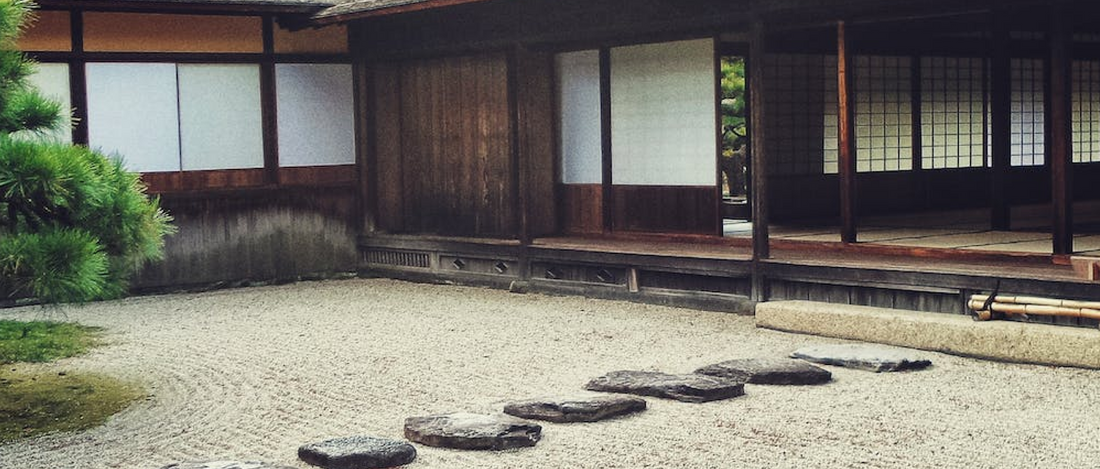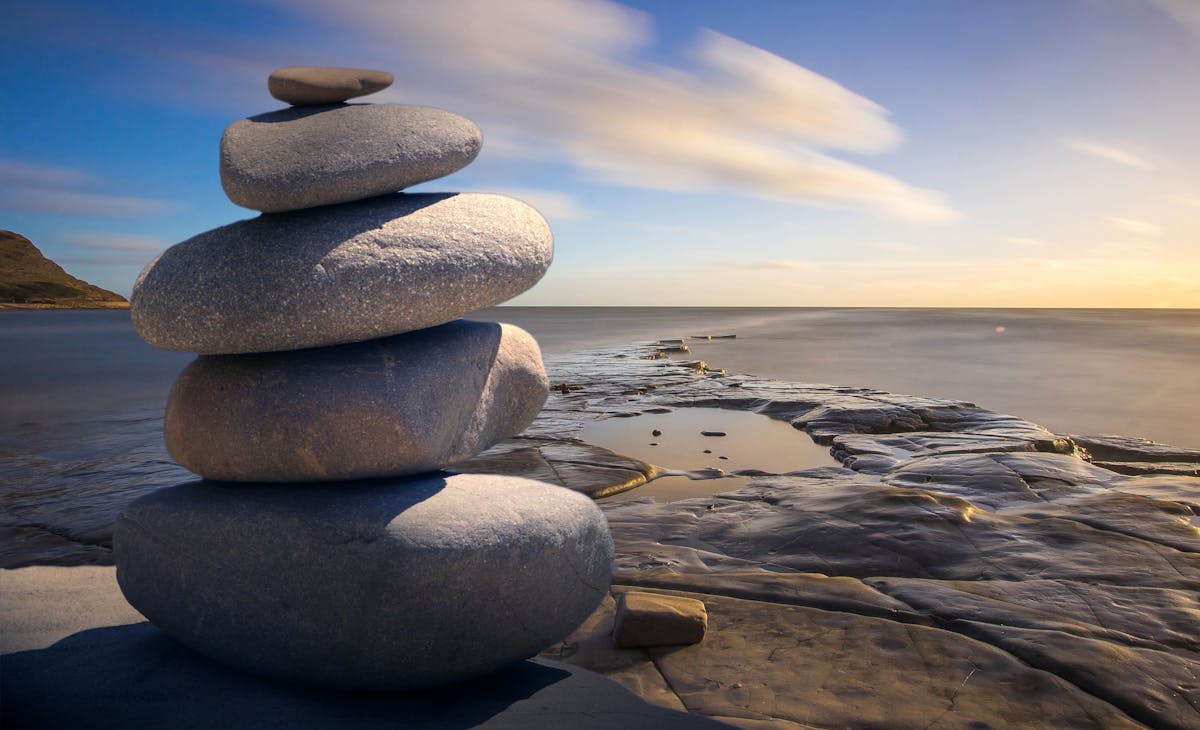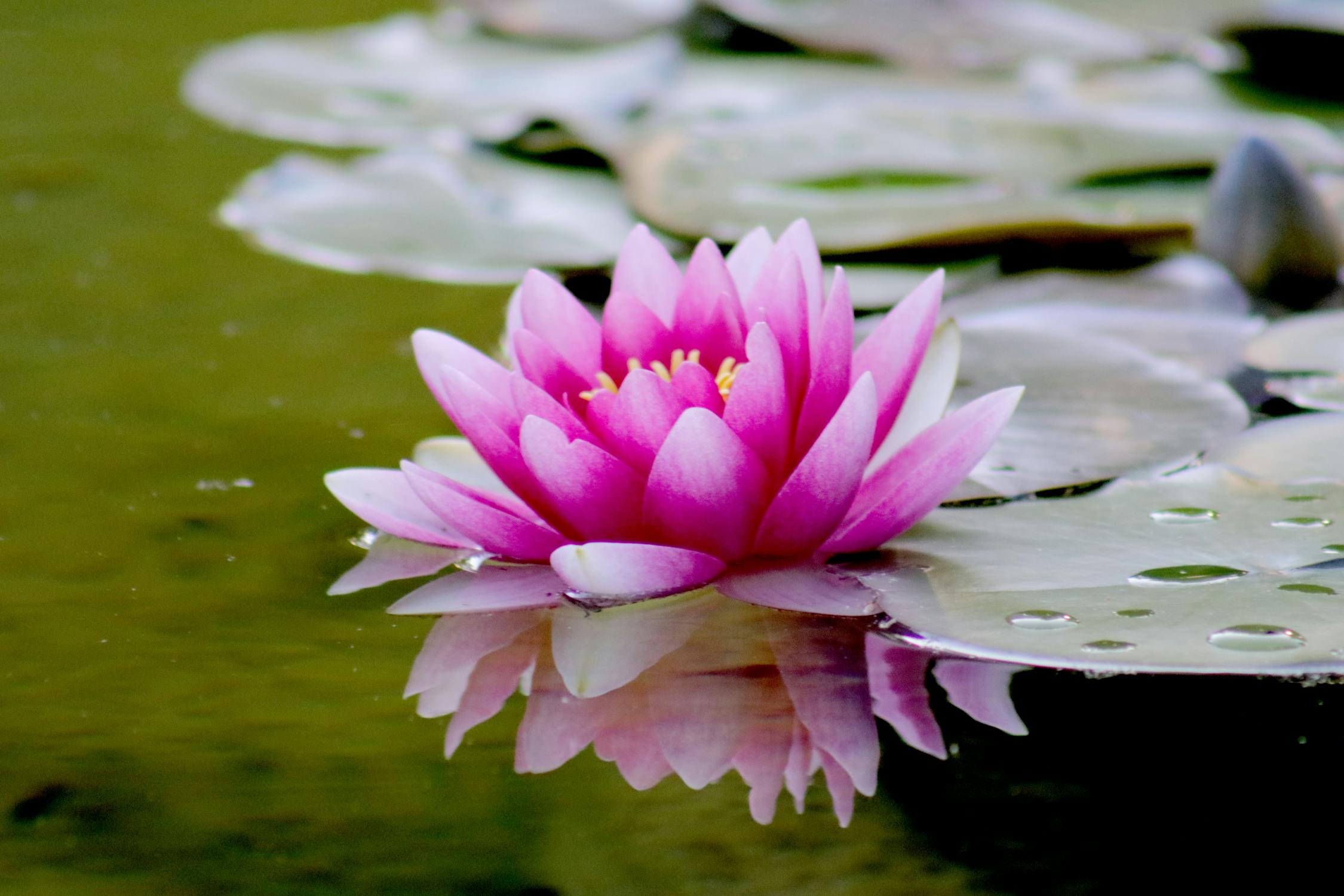
Get that Japanese Minimal Aesthetic for your Garden
Share
The Japanese aesthetic has long been admired for its clean lines and minimalist approach to design. However, it's easy to incorporate that style into your garden without spending a lot of money or time on upkeep. You can complete your Japanese-inspired garden in just a few steps:
Add a splash of minimalism to your yard!
Minimalism is a style of design that focuses on the essential and eliminates the extraneous. It's a great way to create a balanced, calming space that's easy to maintain.
If you're looking for some inspiration as you start planning your garden, here are some tips on how you can incorporate minimalism into your yard:
Consider your home's aesthetic.
When deciding how to decorate your home, it's important to consider the aesthetic of your space. If you have a modern home, minimalism could be an excellent choice for complementing its clean lines and sleek surfaces. If you have a traditional home, minimalism might help soften some of those sharp edges by adding warm colors and natural materials like wood or stone.
And if you live in an mid-century modern abode? Well then--you're in luck! Minimalism can work just perfectly here too: think simple furniture arrangements with bold pops of color from artwork or rugs; open floor plans that maximize light and airiness; lots of windows letting in natural sunlight...
Use boulders to create a base

Boulders are a great way to create a base for your garden. They're natural, and their calming effect will help you relax as you enjoy the space around them. Boulders can be used in so many ways: as seating areas, fire pits or even water features!
Use concrete, gravel and other hardscaping elements
Concrete and gravel are durable, easy to clean and low maintenance. They can be used as a base for a variety of other elements. In fact, they're the perfect way to get that minimal Japanese aesthetic you've been dreaming about!
Create negative space
Negative space is the space that surrounds your garden's subject. It's important to create negative space in your garden because it allows you to highlight what's important, and makes it easier for visitors to see what they should be looking at.
Negative space can be created with rocks, plants, water features and other elements. You can also use negative space by removing unnecessary items from your yard or garden. For example: If there are too many trees blocking sunlight from reaching certain areas of your yard then remove them!
Add in accents that reference nature
Adding in accents that reference nature is the easiest way to create a minimalist garden. The key is choosing plants that are native to your area, or at least the region where they originated. If you're looking for something more exotic, look for plants that grow in the same climate as yours and see how long they can handle cold winters before dying back completely; if they were able to survive in freezing temperatures without any protection from winter weather (such as mulch), there's no reason they shouldn't be able to withstand your winter months too!
Choose plants with meaning

The next step is to choose plants with meaning. Japanese gardens have a lot of symbolism, so you'll want to pick out the plants that mean something special to you--and your space.
Here are some ideas:
- Peace, love and happiness (the three kokoro no sekai)
- The four seasons (shiki no sai)
- The five senses (go-jikan)
- The five elements (goshiki no moto)
- Earth; Water; Fire; Wind/Air; Ether/Space
Incorporate water features
One of the best ways to add interest to your garden is by incorporating water features, from small ponds to large fountains. Water features can be used for irrigation, or for decoration. They can be natural, such as a stream or pond with plants growing around it; or man-made, like an elaborate fountain with water shooting up into the air in different directions.
If you're looking for inspiration on how best to use your garden space so that it fits within this aesthetic while still feeling natural and homely then here are some tips:
Create intentionality with solar lighting

Solar lights are a great option for areas that don't get much natural light, such as your garden. They're also easy to install, and don't require an electrician.
Many different shapes, sizes and colors of solar lights are available on Amazon or at your local hardware store--you can find ones shaped like pebbles or orbs! You can even use them to create a focal point in the middle of your garden by placing them in a circle around some plants
Plant trees
Trees are a great way to add a sense of permanence and history. They can also be used as a focal point, or to block out views that you don't want people seeing (like your neighbor's house). Trees are also useful for creating privacy, especially if they're tall enough that they block out incoming sunlight completely. A nice big tree will provide shade too!
Minimalism is easy if you pick the right elements for your garden.
Minimalism is all about simplicity. As such, you don't need to use a lot of elements to create an elegant and interesting garden. Pick one or two key items that will stand out in your space and make it look beautiful. For example, if you have an outdoor sitting area with wooden furniture then why not add some plants around them? You can even mix different styles together if it works for your space (e.g., modern vs traditional).
You'll also want to avoid adding too many plants in each area because this can make things look busy rather than minimalistic; try sticking with just one or two large specimens instead! Don't be afraid of using different materials either--wooden planters work well against brick walls while terracotta pots go well with slate tiles on patios etcetera...
tl;dr Less is More!
While we’ve recommended a whoe list of recommendations that you can try for your garden, don’t forget that less is more.
The Japanese aesthetic is all about minimalism and simplicity, so it's not surprising that your garden can be too. Minimalism doesn't mean you have to give up on beauty or functionality; it just means that those things come from within instead of from outside sources like decorations or plants. So if you want a simple garden that reflects nature while still being beautiful in its own right, then consider adding some of these elements!
